How to See Yosemite National Park’s Firefall
Disclaimer: This post may contain affiliate links. Please see our Disclosure Policy and Advertiser Disclosure for details.
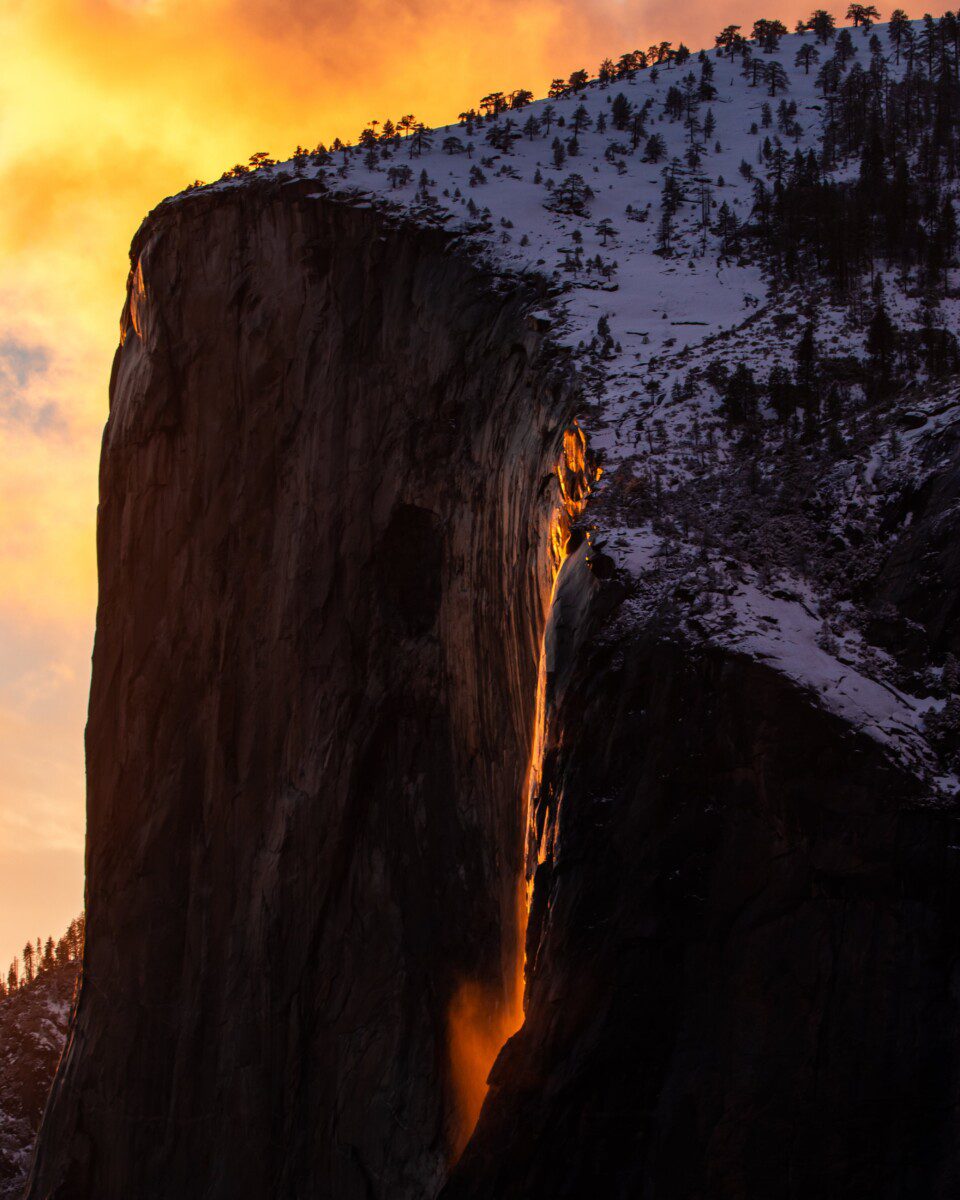
Yosemite National Park is a must-visit destination for nature lovers and adventure seekers. One of the park’s most breathtaking natural attractions is the Firefall, a natural phenomenon that occurs during a short period in February every year.
You’ve probably seen every travel photographer go nuts over Firefall on Instagram every February, and are guaranteed to have images of the glowing waterfall flood your feed. We’ve visited Yosemite to catch the Firefall the past two years in a row now, and can confirm it’s a mind blowing experience that is worth the hype!
In this blog post, we’ll guide you on everything you need to know to witness the beauty of Yosemite National Park’s Firefall for yourself.
Everything You Need to Know About Yosemite’s Firefall
What is Firefall?
The Firefall is a rare natural phenomenon that occurs when the sun sets and illuminates Horsetail Fall, a small waterfall that flows over the eastern edge of El Capitan. The waterfall glows like fire, creating an incredible spectacle that attracts thousands of visitors to Yosemite National Park every year.
What is the cause of Firefall exactly? It’s a combination of the angle of the sun, the flow of the waterfall, and the characteristics of the water. When the sun sets behind the waterfall, the water appears to glow orange and red as it reflects the warm colors of the sunset. This creates the illusion of a “firefall” cascading down the cliff face.
The water in Horsetail Fall is rich in minerals, which helps to create a more vibrant and colorful effect when illuminated by the setting sun. However, the amount of water and the clarity of the sky are also important factors, as a lack of water or cloud cover can prevent the phenomenon from occurring.
When to Visit Yosemite National Park’s Firefall
Firefall occurs in mid-to-late February, depending on the weather conditions. The exact dates can vary from year to year, so be sure to check the park’s website for the most up-to-date information.
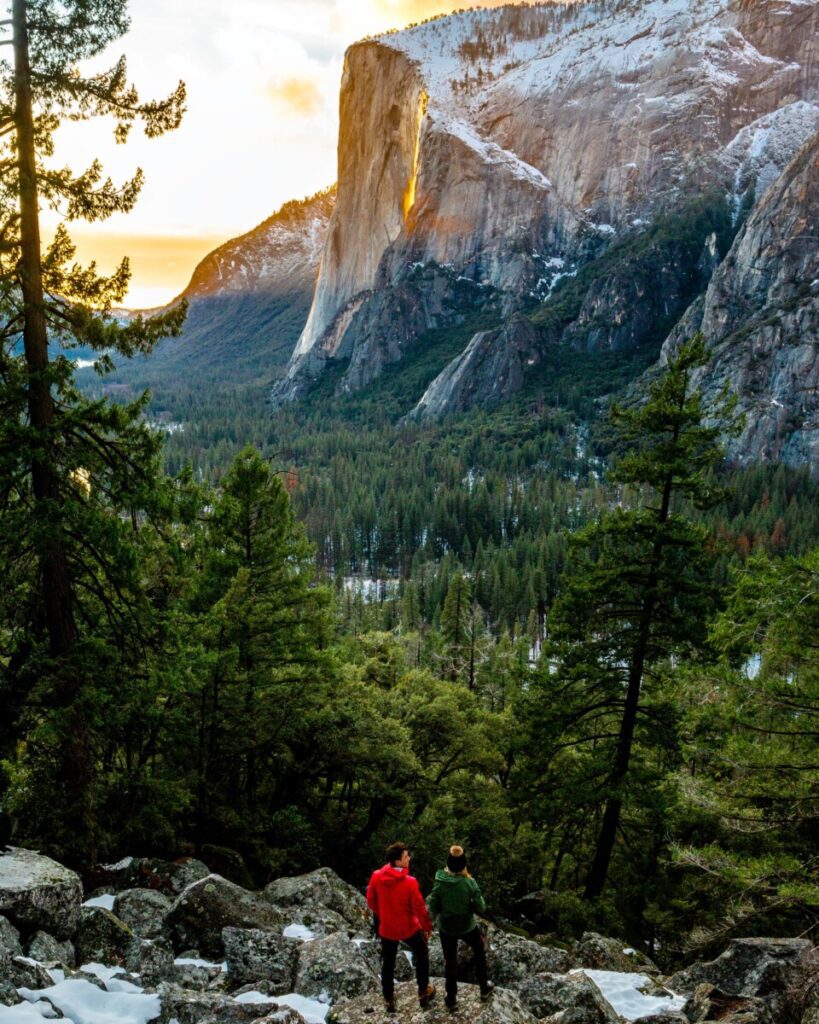
Conditions Needed to See Firefall
To witness the Firefall in Yosemite National Park, there are several conditions that need to be just right. Here are some key factors that can impact your chances of seeing the phenomenon:
- Time of Year: The Firefall occurs during a short period in February, typically for a few days around the 16th to the 23rd, depending on the weather conditions.
- Weather: The Firefall can appear on a clear evening when the sky is not cloudy. If the sky is overcast or if there is precipitation, the waterfall may not be visible, or the Firefall effect may be less intense.
- Water flow: For the Firefall to occur, there must be enough water flowing in Horsetail Fall. If there is not enough snowpack or if the winter has been dry, the waterfall may not be flowing, and the Firefall effect may not be visible.
- Time of Day: The Firefall effect occurs when the setting sun illuminates Horsetail Fall. The optimal time to see the Firefall is during the last hour of daylight, so it’s important to plan your visit accordingly.
It’s important to note that the Firefall is a natural phenomenon, and it can never be guaranteed to occur. However, by checking the Yosemite National Park website for the most up-to-date information on weather conditions, water flow, and viewing locations, and by being patient and flexible with your visit, you can maximize your chances of seeing this breathtaking sight.
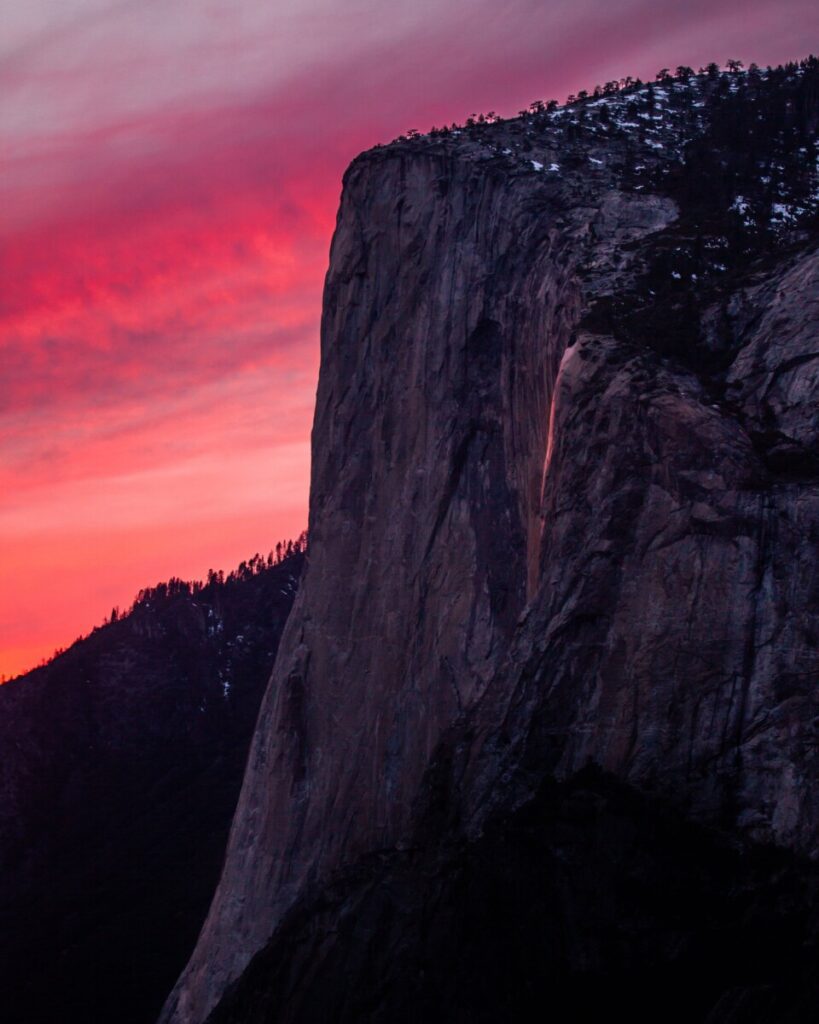
How Long Does the Firefall Last?
The Firefall in Yosemite typically only lasts for a few minutes each evening, depending on the weather conditions and the amount of water flowing in Horsetail Fall. While the Firefall itself only lasts for a few minutes, the experience of witnessing this natural wonder can be truly unforgettable.
This natural experience should not to be confused with the older, manmade version of Yosemite’s Firefall, in which people would pour hot coals over the edge of Glacier Point.
Reservations Needed During Your Trip
Due to the popularity of Firefall in recent years, various restrictions are in effect during mid- to late February each year daily. For more details on all of the rules during this time, check out the NPS website for the most recent updates.
In 2023, reservations are required to drive into Yosemite 24 hours per day on February 10–12, 17–19, and 24–26. Additionally, parking is restricted in some areas. This means you’ll either need to get a day use permit to enter or obtain a camping permit from one of the many campsites inside of the park.
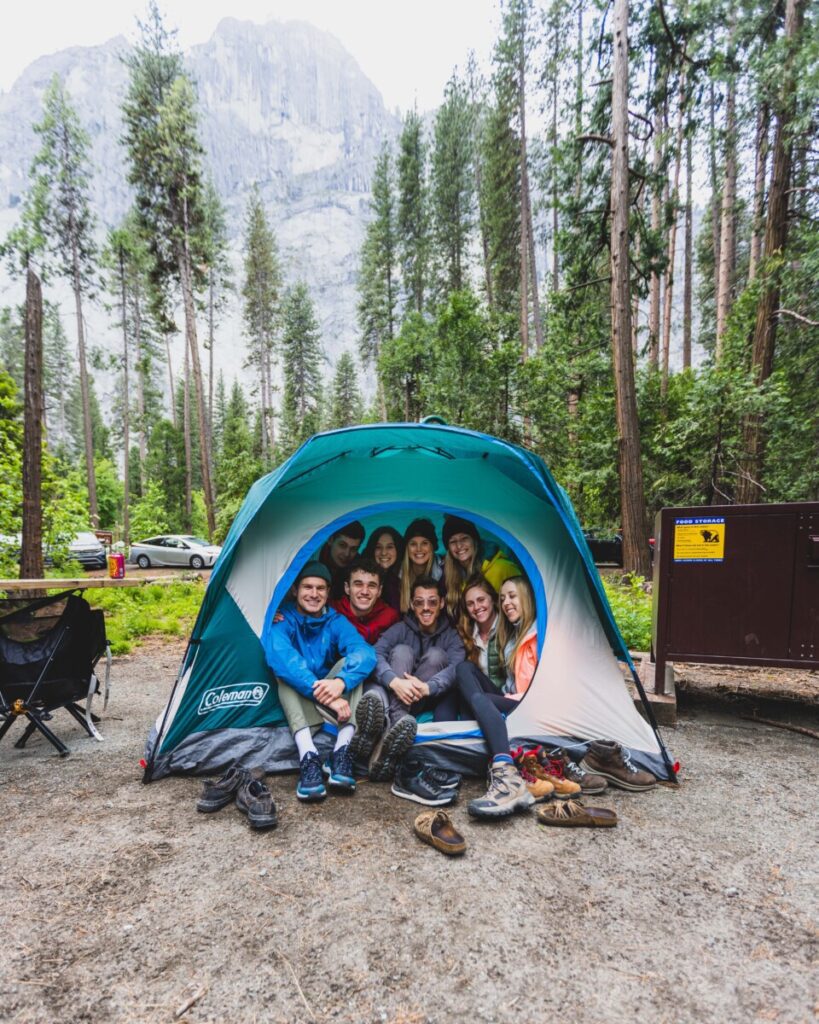
Where to Stay in Yosemite National Park in Winter
Yosemite National Park offers a range of lodging options to suit different budgets and preferences, including camping, cabins, and hotels. Here are some popular options for where to stay inside Yosemite National Park:
Camping in Yosemite Valley During Winter
While many of the campsites in Yosemite National Park are closed during the winter months, there are a few that remain open year-round. Reservations for camping are available in blocks of one month at a time, up to five months in advance, on the 15th of each month at 7 am PST. Here are some of the campsites in Yosemite that are open during the winter:
- Upper Pines Campground: This campground is located in Yosemite Valley and is open year-round. It offers 238 campsites and is a great option for those looking to stay in the heart of the park. This is always our top choice for camping in Yosemite during winter.
- Camp 4: This campground is located in Yosemite Valley and is open year-round, weather permitting. It offers 36 walk-in sites and is a popular option for rock climbers and those looking for a more primitive camping experience.
- Wawona Campground: This campground is located south of Yosemite Valley and is open year-round, weather permitting. It offers 93 campsites and is a good option for those looking for a quieter camping experience. However, Wawona and Hodgdon Campgrounds are further away from the valley floor so you will have to commute longer to get to the Firefall viewing location.
- Hodgdon Meadow Campground: This campground is located near the Big Oak Flat entrance to the park and is open year-round, weather permitting. It offers 105 campsites and is a good option for those looking to explore the western side of the park.
Camping in Winter
It’s important to note that camping in Yosemite during the winter months can be challenging, as temperatures can drop well below freezing and snowfall can be heavy. Additionally, many of the park’s amenities, such as visitor centers and restaurants, may be closed during this time. If you’re planning to camp in Yosemite during the winter, be sure to come prepared with warm clothing and appropriate gear.
Yosemite Valley Hotels:
Yosemite Valley is the most popular area of the park and offers stunning views of Half Dome and El Capitan. There are several lodging options in Yosemite Valley, including the iconic Ahwahnee Hotel and Yosemite Valley Lodge.
Curry Village:
Curry Village offers a range of lodging options, including tent cabins, cabins with private bathrooms, and camping sites.
It’s important to book your lodging well in advance, especially if you’re planning to visit during the peak viewing season. Keep in mind that some lodging options are only available seasonally, so check the Yosemite National Park website for the most up-to-date information and availability.
Weather During Winter In Yosemite
Firefall always occurs in the middle of February, which means you’ll need to be prepared for winter temperatures in Yosemite National Park.
In February, temperatures in Yosemite can range from below freezing to the mid-50s Fahrenheit (around 0 to 12 degrees Celsius). It’s important to be prepared for cold temperatures, especially at night. This time is typically one of the wetter months in Yosemite, with an average of about 4 inches (10 cm) of precipitation. This precipitation can fall as rain or snow, depending on the temperature.
Due to snow and ice, some roads in Yosemite may be closed or have chain restrictions in place during February. Be sure to check current road conditions before you travel to the park. We always recommend carrying tire chains with you when visiting Yosemite in the winter!
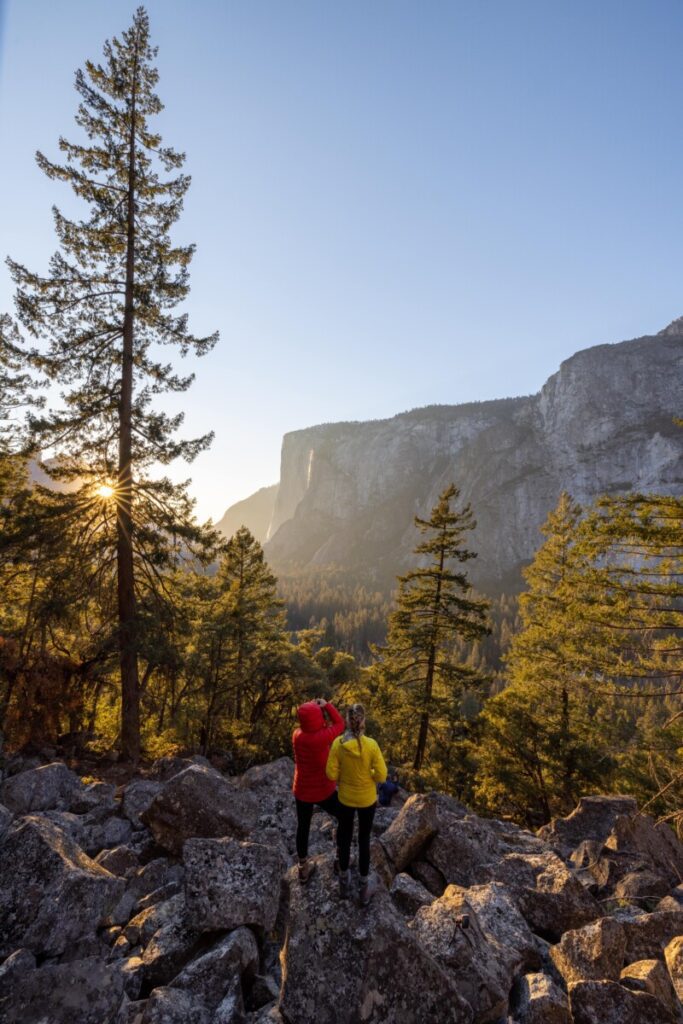
What to Pack for Firefall
If you’re planning a weekend trip to Yosemite National Park in the winter, it’s important to pack the right gear to stay warm and comfortable in the colder temperatures. Here are some things to consider when packing:
- Warm clothing: Be sure to pack warm, insulated clothing such as a heavy coat, gloves, hat, and warm socks. Layering is key, as it allows you to adjust your clothing based on changing temperatures. Check out our favorite snow gear here.
- Waterproof gear: With the potential for rain or snow, it’s important to pack waterproof clothing and gear. This could include a waterproof jacket, pants, and boots.
- Snow gear: If you plan to hike or snowshoe, you’ll need appropriate gear such as snowshoes, trekking poles, and gaiters.
- Sun protection: While it may be cold, the sun can still be strong in the winter. Be sure to pack sunscreen, sunglasses, and a hat to protect your skin and eyes.
- Water and snacks: It’s important to stay hydrated and fueled during your trip. Bring a reusable water bottle and pack plenty of high-energy snacks.
- Other essentials: Don’t forget to bring a map and compass or GPS, a first aid kit, a headlamp or flashlight, and any necessary medications.
By packing the right gear for your weekend trip to Yosemite in the winter, you can enjoy all the beauty the park has to offer without being caught off guard by the colder temperatures and potential for snow and rain.
How to Get There
To witness the Firefall, you need to go to the Yosemite Valley, specifically to the viewing area near El Capitan. You can access Yosemite National Park by car or public transportation, and there are many accommodation options available both within the park and in nearby towns.
Tips for Viewing the Firefall
The Firefall is a popular attraction, so prepare yourself for crowds. Here are some tips to help you have the best experience:
- Arrive early to secure a good spot in the viewing area.
- Dress warmly, as it can get cold in the park in February.
- Bring a flashlight or headlamp for the walk back to your car after dark.
- Bike around the park instead of driving to avoid congested traffic.
- Be respectful of the environment and other visitors by following park rules and guidelines.
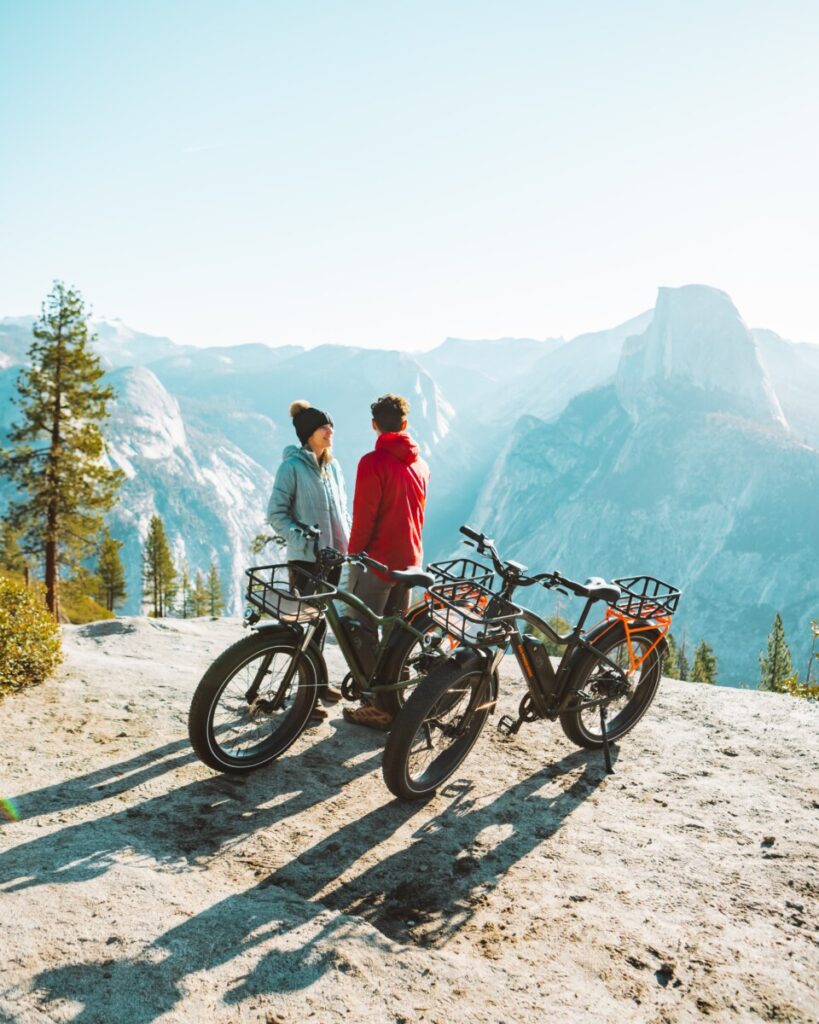
Transportation & Parking Around The Park
Parking during the Firefall in Yosemite can be challenging, as this natural phenomenon has become increasingly popular in recent years.
You will want to arrive early in order to secure a parking spot. The parking lots near the viewing area can fill up quickly, especially on weekends and holidays. Once you grab a spot, we’d recommend bringing bikes to get around the park so you don’t risk losing your parking spot later in the day.
If you do need to park farther away from the viewing area, be prepared to walk. To get to the viewing area, you’ll need to walk about a mile from the nearest parking lot. Make sure to to wear comfortable shoes and proper layers.
Yosemite National Park also typically offers a free shuttle service that can help you avoid the parking hassle. The shuttle runs from the Yosemite Valley Visitor Center to the Yosemite Falls parking area, and from there you can take a short hike to the viewing area.
Be sure to follow all parking regulations and posted signs. If you park your vehicle illegally, it will be ticketed and towed as the rangers don’t mess around.
How to Photograph the Yosemite Firefall
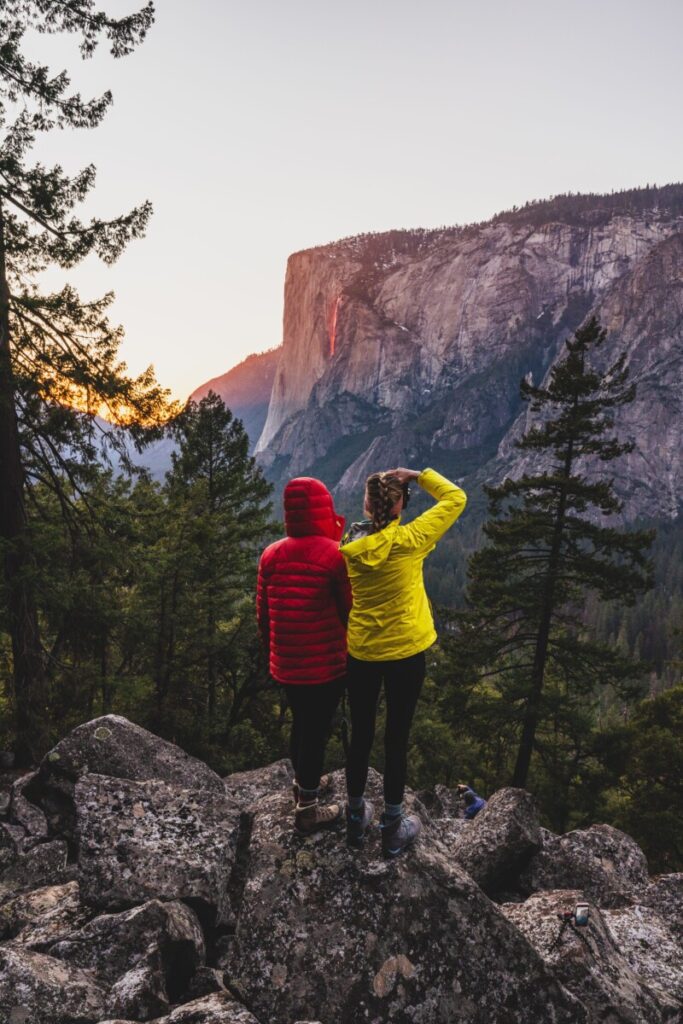
If you’re planning to capture the Firefall in Yosemite National Park, here are some photography tips to help you get the best possible shots.
Use a Tripod:
A sturdy tripod is essential for capturing the glowing waterfall, as it allows you to keep your camera steady and reduce camera shake. This is especially important if you’re using a longer exposure time or a telephoto lens. Our favorite tripods are linked on our full camera gear list.
Utilize a Telephoto Lens:
A telephoto lens can help you zoom in on the waterfall and create a more intimate and dramatic image of the Firefall. A lens with a focal length of 70-200mm or 100-400mm is a good choice for this type of photography.
Shoot in RAW format:
Shooting in RAW format gives you more flexibility to adjust your images in post-processing, especially with regard to white balance, color, and exposure.
Use Manual Focus:
Set your camera to manual focus and use the live view mode to focus on the waterfall. This ensures that the waterfall is in sharp focus, even in low light conditions.
Consider Composition:
Look for interesting foreground elements, such as rocks or trees, to add depth and interest to your image. Consider the rule of thirds when framing your shot and experiment with different angles and perspectives.
Want to learn how to upgrade your travel photography skills? Check out our full travel photography e-book before your visit to Yosemite!
Explore Yosemite National Park
Since Firefall is an event that only happens in the evening, we highly recommend checking out the rest of Yosemite National Park in the meantime! For our full Yosemite National Park tips on visiting the park year round, check out our ultimate guide here.
Ready to catch Firefall?
Yosemite National Park’s Firefall is a natural wonder that you won’t want to miss. By following our guide, you can experience the magic of the Firefall while enjoying all that Yosemite National Park has to offer. Plan your trip, pack your bags, and get ready for an adventure you’ll never forget!
You may also enjoy:
1 Comments
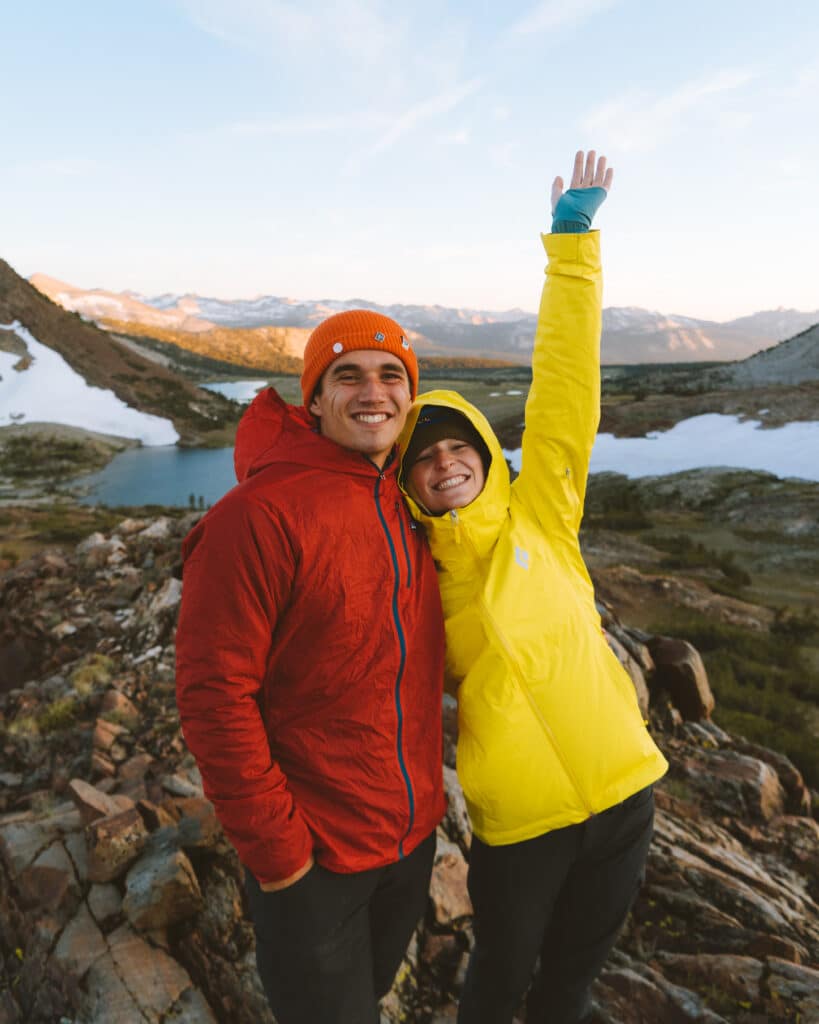

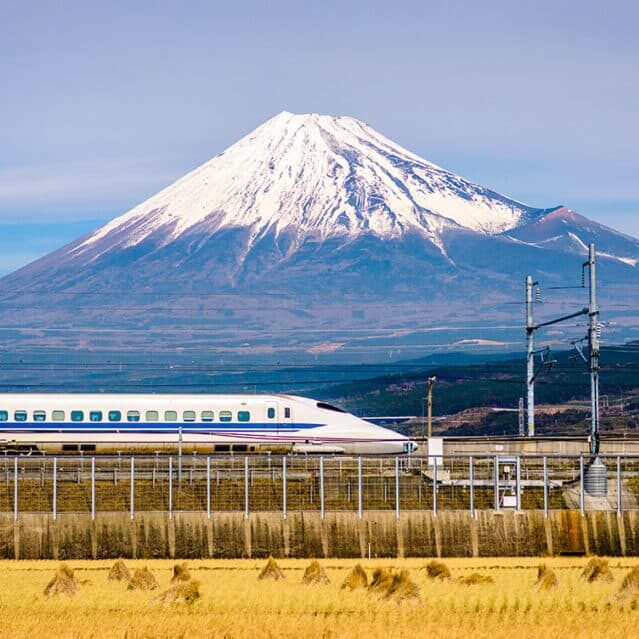

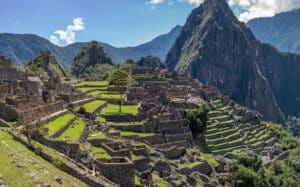
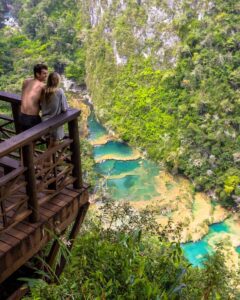
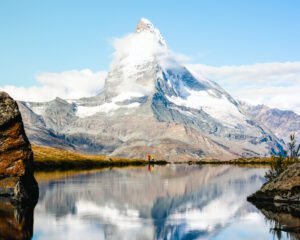
[…] So, if you’re looking for something special to do this winter season, make sure you put visiting Yosemite and seeing the Firefall at the top of your list. You won’t regret it. Plan your Firefall trip using our ultimate planning guide here. […]